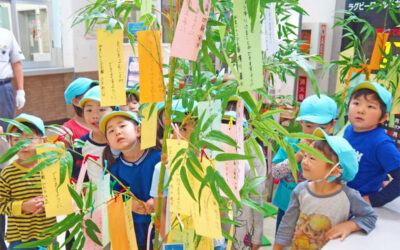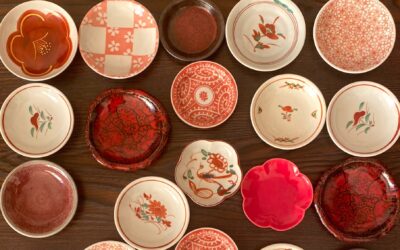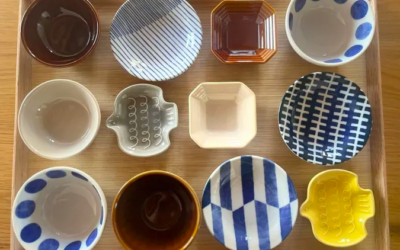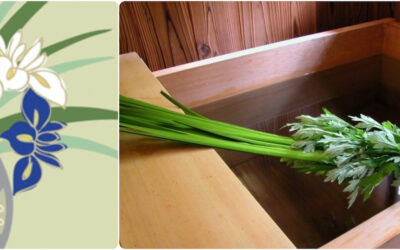Bring a Bounty of Sea Vegetables to YOUR Table
Resources and recipes for preparing three versitile sea vegetables: ARAMÉ, WAKAMÉ, and HIJIKI.
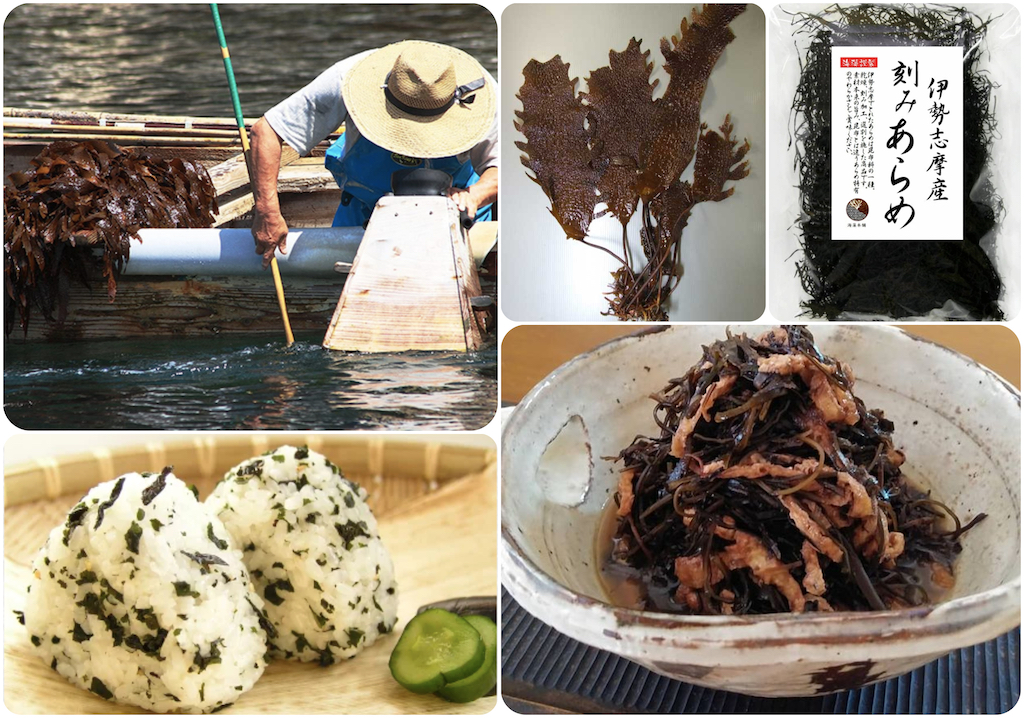
Cooking with ARAMÉ
Aramé is often listed as a substitute for hijiki in soy-braised nimono dishes. Like hijiki, aramé is dark brown and when sold as kizami or “cut” aramé, it is thread-like in appearance. But aramé is a type of kelp, while hijiki is an algae. Find out more about aramé and get a recipe for soy-stewing it, Tsukuda Ni-style. Download recipe and information on aramé.
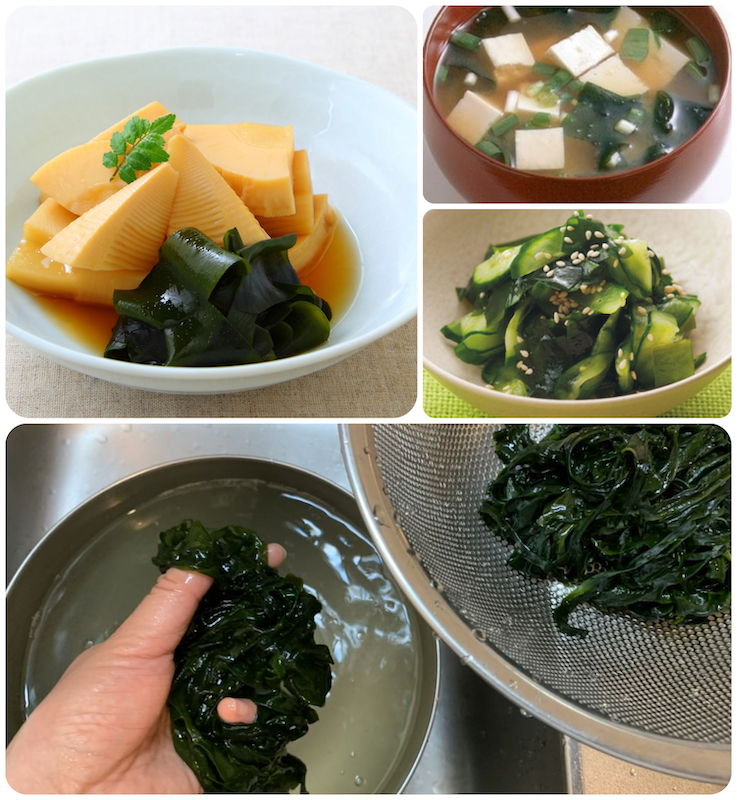
Prepare WAKAMÉ dishes
Calcium-rich WAKAMÉ (Undaria pinnatifida; a type of algae) finds its way into simmered dishes, soups and salads. Here is a primer on using fresh and/or dried wakamé: DOWNLOAD Anatomy of Wakamé.
This recipe for Cucumber Wakamé Salad is refreshing on hot, humid days… while Ordinary Miso Soup is comforting in chilly weather. KANSHA (pg 147) has a recipe for Wakamé with Tart Ginger Dressing and WASHOKU has a recipe for Pork and Wakamé Dumplings (pg 260-261) and a Tosa Sea Salad (pg 216).
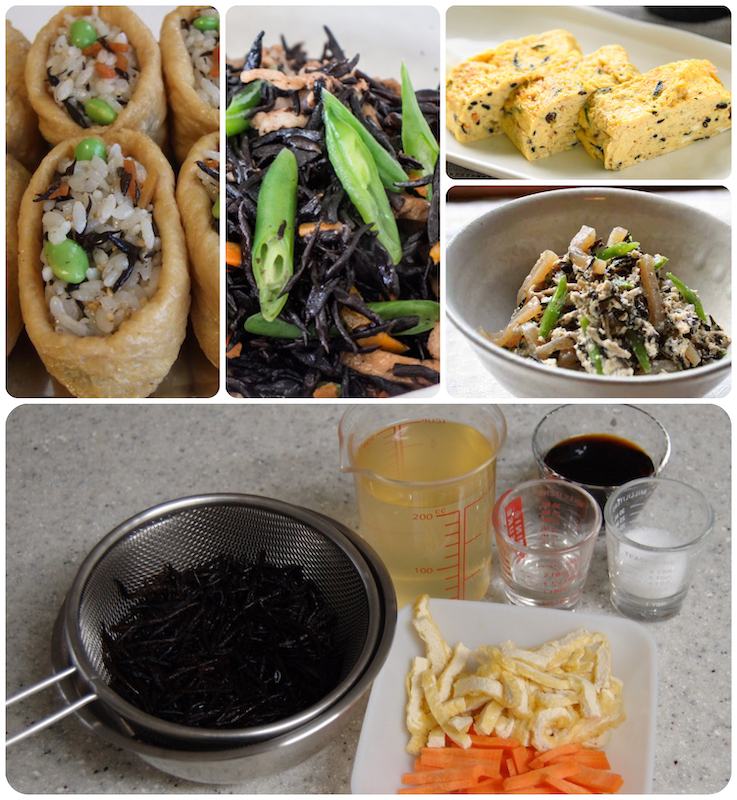
Make HIJIKI dishes
Serve this soy-simmered HIJIKI as a side to fish, chicken or eggs or toss it with sushi rice and used to stuff inari pouches (of fried tōfu). It is also terrific tossed with a creamy tōfu sauce and served as a side to almost any other dish.
If you want to make hijiki-stuffed inari-zushi, the recipe for fried tōfu pouches is here.
Additional recipes for hijiki can be found in KANSHA (pg 187 combined with sun-dried radish strips + pg 48 mixed with rice that is then made into toasted omusubi rice bundles) WASHOKU (pg 187).
For further information visit the Bounty of the Seas Kitchen Culture blog
Read my July 2021 newsletter on Celebrating the Sea

